Mount Mian, also known by its Chinese name Mianshan, is a mountain in the town of Mianshan in Jiexiu, Jinzhong, in central Shanxi Province in North China. Its official scenic area opened in the year 2000 and covers 75 km2 (29 sq mi), with about 400 attractions grouped into 14 tourist areas.
Mount Mian is usually credited[a] as the place of the retreat where Jie Zhitui and his mother were burnt alive in a forest fire begun by his lord, Duke Wen of the state of Jin, in the 7th century BC.[2] Duke Wen's remorse prompted him to erect a temple in Jie's honor, with sacrifices funded by designated lands in nearby Mianshang. By the middle of the Han dynasty, people around Taiyuan Commandery were treating Jie as a tutelary deity and observing a taboo against lighting fires for five days around mid-winter.[3] By the mid-2nd century AD, it was being observed for an entire month and causing hardship on the young and elderly[4] to the point that Cao Cao and other leaders began attempting to ban Jie's Cold Food Festival altogether, despite its having moved by that point to Qingming in early spring.[5] Commoners continued to ignore these provisions and to particularly revere a stand of blackened trees, one looking as though it were held in a man's arms, where various miracles were reported.[6] A compromise under the Northern Wei was to restrict it to the area surrounding Mount Mian in 496[7] but its popularity was such that it continued to spread until it was observed by most of China under the Sui and transformed into the Tomb Sweeping Festival under the Tang and Song.[8]
Mount Mian has been an important Taoist site since the Spring and Autumn Period (8th–5th centuries BC) of the Zhou.[9] The first Buddhist temple was erected on the mountain under the Northern Wei and, by the early Tang, it had become large and powerful.[2] During the collapse of the Sui and rise of the Tang, Li Shimin (later "Emperor Taizong") defeated Song Jingang in the Queshu Valley below Mount Mian, prompting the surrender of Yuchi Gong.[9] During the Southern Song, Li Wugong and Li Shi fought Jin soldiers nearby.[9] Under the Mongolian Yuan, Yunfeng and other temples on the mountain were repaired.[9] At the end of the Ming, the military governor at Taiyuan retreated to Mount Mian to lead his ultimately unsuccessful defense of the area.[9]
During World War II, Zhang Dehan and Li Zhimin led Communist guerrillas against Japanese and Nationalists in the area.[9] The Japanese retaliated, damaging or destroying most[10] of the temples in 1940.[9]
 Entrance to the Mount Mian Scenic Area
Entrance to the Mount Mian Scenic AreaThe mountain has been used as a summer resort since imperial times.[2] Since 1995, Yan Jiying, chairman of the Sanjia Coal and Chemical Company, has spent 600m RMB repairing the mountain and its temples.[9] It was opened as a public scenic area in 2000.[10] It remains among the most important Taoist sites in modern China.[11] The second major Taoist rite to occur in mainland China after the Communist victory in the Chinese Civil War—a Great Offering to the Entire Firmament (t 羅天大醮, s 罗天大醮, Luótiān Dàjiào)—occurred at Mount Mian in 2001.[12][13] Mount Mian was also one of the most important sites for the celebrations surrounding the anniversary of Lao-tze's birth in March 2003.[14] The China National Tourism Administration named Mount Mian a AAAAA-rated tourist attraction in 2013.[15] A study by researchers from Shanxi University the same year, however, found that the routes through the scenic area remained insufficiently interconnected with one another and should be further optimized to increase the resort's capacity.[16]
Cite error: There are <ref group=lower-alpha> tags or {{efn}} templates on this page, but the references will not show without a {{reflist|group=lower-alpha}} template or {{notelist}} template (see the help page).
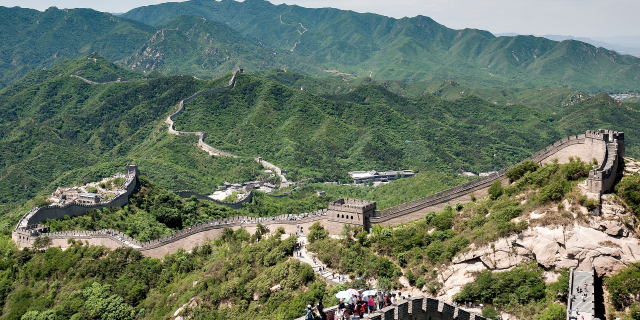

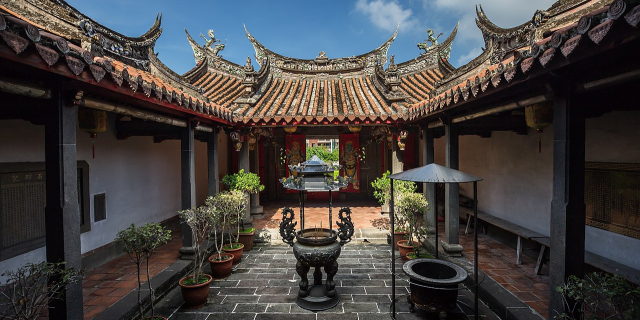
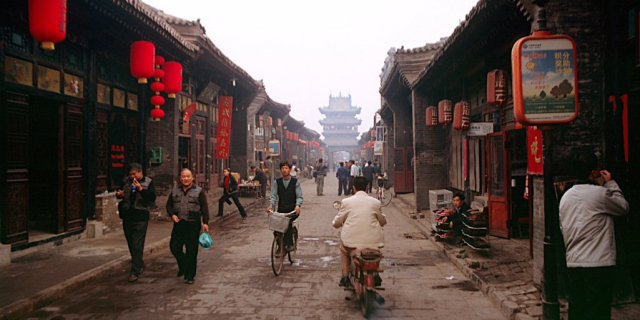


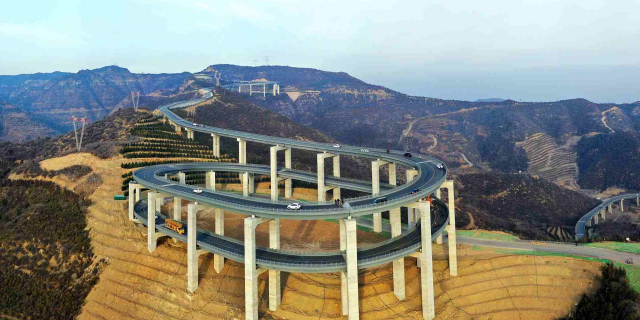




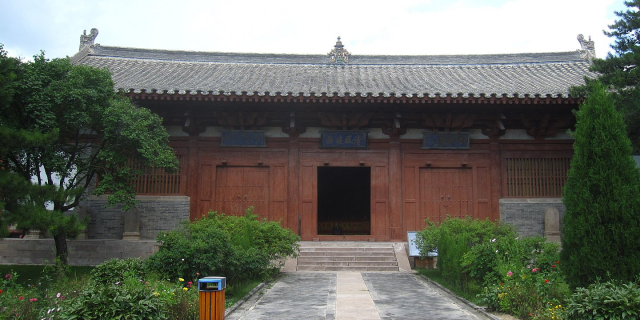











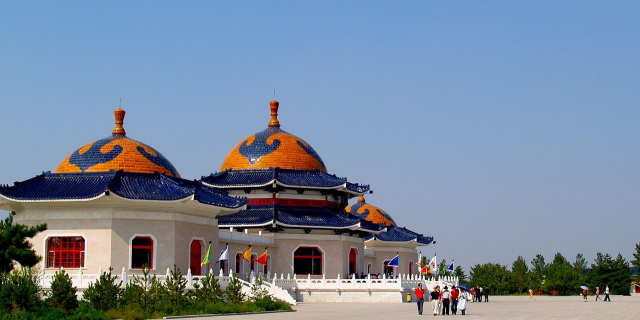


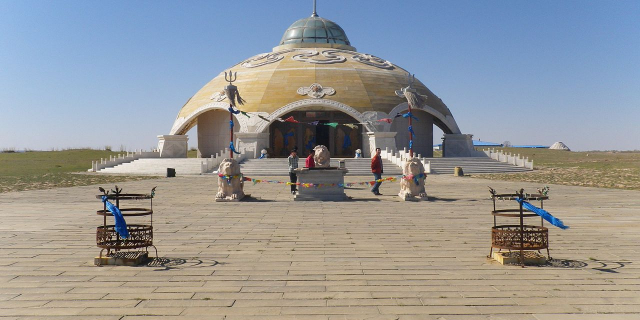
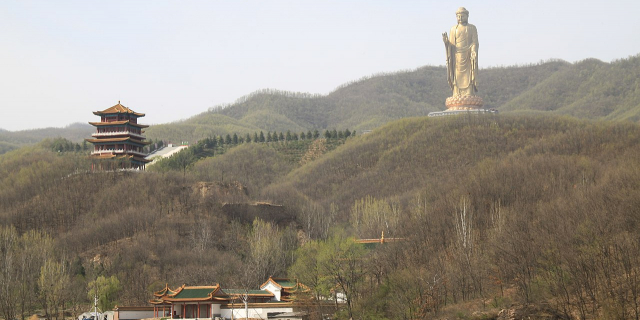


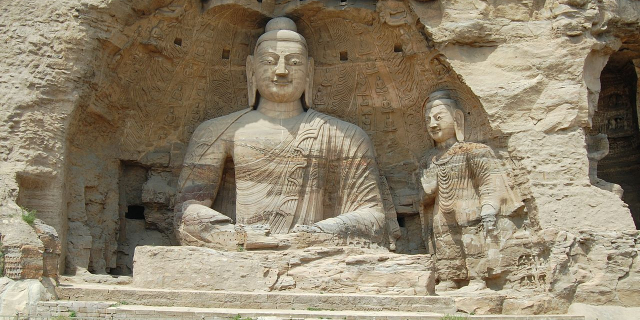

Add new comment